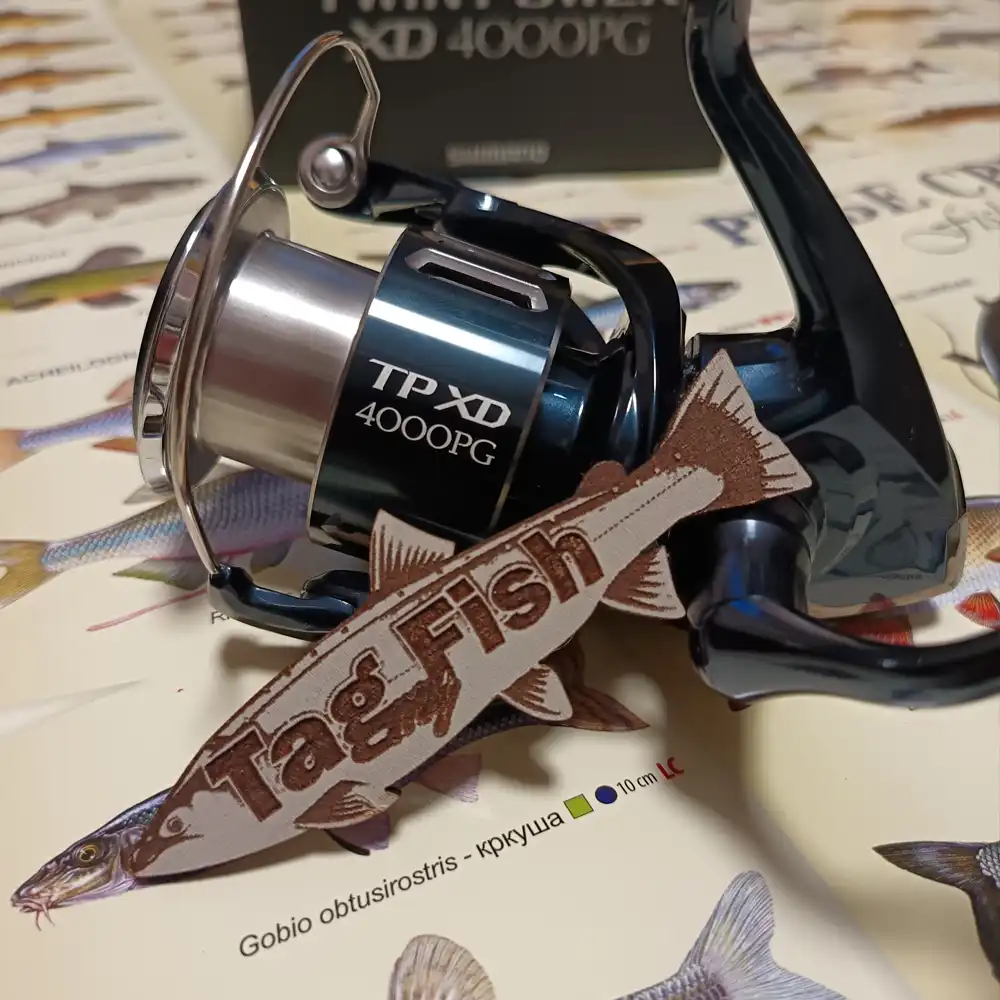Lake Titicaca

General data
- Name: Lake Titicaca
- Water system: Lake Poopo
- Water type: Natural lake
- Progression: Desaguadero -> Lake Poopo -> Planet Earth
- Climates: Continental, Mountain
- Continents: South America
- Countries: Bolivia, Peru
Lake Titicaca is a large, deep, freshwater lake in the Andes on the border of Bolivia and Peru, often called the highest navigable lake in the world, with surface elevation of 3,812 m. By volume of water and by surface area, it is the largest lake in South America. The lake is located at the northern end of the endorheic Altiplano basin high in the Andes on the border of Peru and Bolivia. The western part of the lake lies within the Puno Region of Peru, and the eastern side is located in the Bolivian La Paz Department. Five major river systems feed into Lake Titicaca. In order of their relative flow volumes these are Ramis, Coata, Ilave, Huancane, and Suchez. More than 20 other smaller streams empty into Titicaca. The lake has 41 islands, some of which are densely populated. Having only a single season of free circulation, the lake is monomictic, and water passes through Lago Huinaimarca and flows out the single outlet at the Rio Desaguadero, which then flows south through Bolivia to endorheic Lake Poopo. This only accounts for about 10% of the water balance of the lake. Evapotranspiration, caused by strong winds and intense sunlight at high altitude, balances the remaining 90% of the water loss. It is nearly a closed lake. The cold sources and winds over the lake give it an average surface temperature of 10 to 14 °C (50 to 57 °F). In the winter (June – September), mixing occurs with the deeper waters, which are always between 10 and 11 °C (50 and 52 °F). Fishes Lake Titicaca has two native fish genera: Orestias, which are called killifishes, and Trichomycterus, a type of catfish. There are two catfish species in the lake and at least 23 species of killifish, though some studies put the number much higher. In total, Lake Titicaca has around 58 different species of fish and fishing is allowed on the lake. The most important species of fish is the small teleosts carachi. Other species include the ispi, boga and the trout (called trucha locally). The fish and other resources of Lake Titicaca are an important aspect of the economy of the approximately one million people living in the basin. Initially, fishing in Lake Titicaca was based on native species and later on a variety of native and introduced fish. Brown trout, lake trout and rainbow trout were introduced to Lake Titicaca in the 1940s to improve commercial fishing. At first, native fishermen did not like the trout, because the pink colour of their flesh was reminiscent of some native species when they were spoiled. However, it was not long before this species found great acceptance among the local peasants of the Altiplano and the inhabitants of cities such as La Paz and Puno, located by the lake, and Juliaca, nearby. The pejerrey (Odontesthes bonariensis) was introduced from Argentina into Lake Poopo in Bolivia in 1946. From there it migrated to Lake Titicaca, through the Desaguadero River in 1955. At present this species is present in most of the rivers that discharge their waters into the lake, i.e. the Ilave, Coata, Ramis and Huancané rivers. In 1984, pejerrey was also found in the Santa Rosa River (at 4 005 m altitude) (Vera and Llaños, 1989). Rainbow trout breed in the middle and upper reaches of rivers during the dry season, generally during the months of June and July. The pejerrey begins to spawn in January and reaches its maximum in May.

 English
English
 Spanish
Spanish
 German
German
 French
French
 Serbian
Serbian
 Russian
Russian

